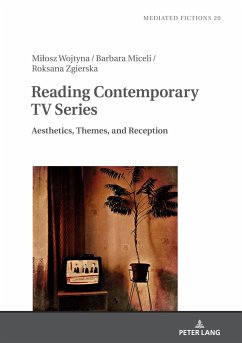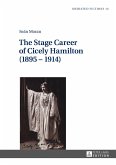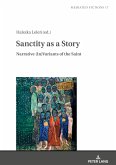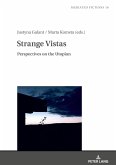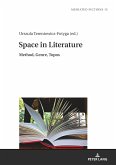The rapid development of the TV series in the twenty-first century has resulted in an emergence of new aesthetic, cultural, and social trends. The development has influenced both the mainstream of popular culture and reception practices of audiences across nations and platforms. This book observes how the means employed in key contemporary TV series texts and a specific thematic variety have promoted new reception styles and redefined conventional interpretive practices. The authors analyze a variety of series released since 2000 to discuss historical (dis)continuities of genres and conventions, and observe how interpretive competences promoted by the rhetoric of contemporary TV series result from, and are polemical with, the conventions of visual and verbal cultures of preceding decades.
Bitte wählen Sie Ihr Anliegen aus.
Rechnungen
Retourenschein anfordern
Bestellstatus
Storno

